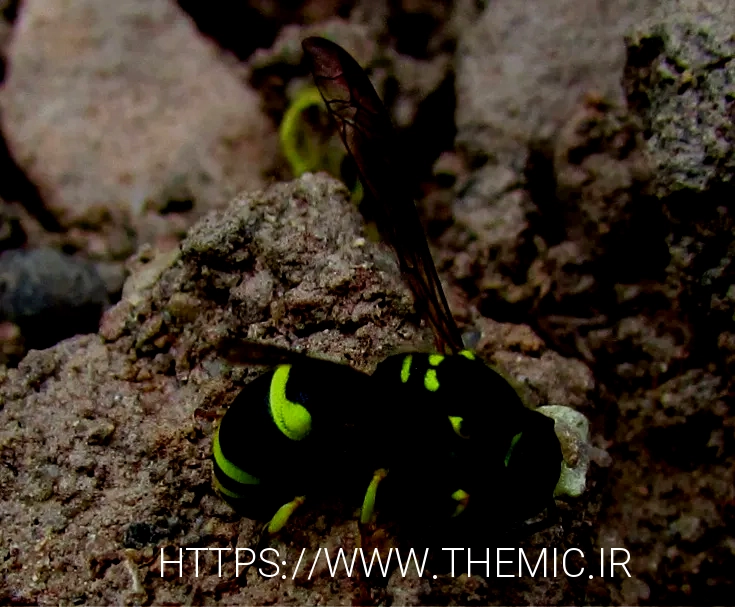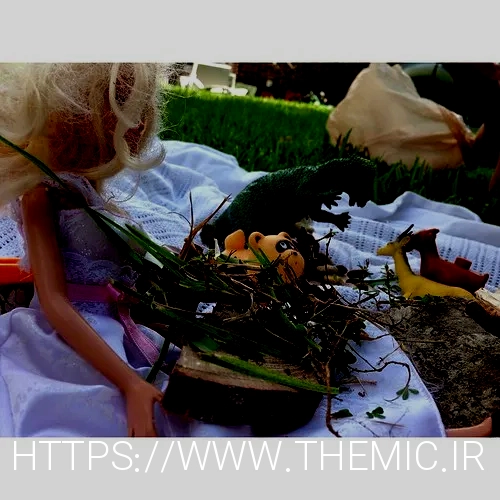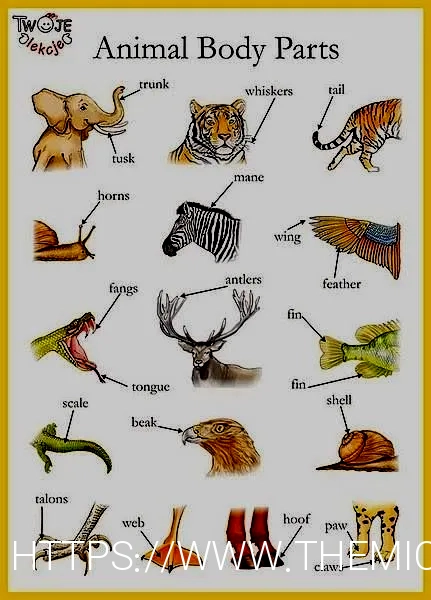6 Things Beavers Like to Eat Most Diet, Care & Feeding Tips
Beavers tend to build their dams in summer and fall, so be on the lookout for these impressive structures. There are several reasons why beaver dams increase salmon runs.[21][22][23] They produce ponds that are deep enough for juvenile salmon to hide from predatory wading birds. They trap nutrients in their ecology and notably the nutrient pulse represented by the migration of the adult salmon upstream.
Beavers are so important in ecology that they are known as a keystone species. What this means is, is that their very presence affects entire ecosystems. Beavers create habitats for many wetland species, and they help to aid water quality. Animals that benefit from beavers include frogs, salamanders, turtles, fish, ducks, otters, owls, insects and many other species.
But, when chewing through larger branches and tree trunks, the beaver allows the wood pieces to fall from its mouth, as you can see in the following video. If you have an orchard near a beaver colony, you may begin to notice damage to trees, stripped limbs, and fruit going missing. The best way to remove beavers from your area is to catch and release them somewhere else, using apples, apple or cherry leaves, or bark to bait your live animal traps. As mentioned above, beavers are herbivores; they don’t eat animals of any kind.
This provides a valuable niche for many animals which otherwise would be excluded. Beaver dam creation also increases the plants the dams were made from (such as willows) to reproduce by cutting, encouraging the growth of adventitious roots. So, with the basics covered, chances are you’re now poised with a stream of related questions. From how long dams last for, to what food beavers eat inside their lodges, you can find a (river)bank of answers below. Not only are these ponds deep enough to deter land animals, but they also allow beavers to dig underwater entrances into the lodge. This means that if danger emerges, they can safely exit or escape through these tunnels.
No, beavers don’t actually live in dams – but they still serve a special purpose. Beavers will find new food sources while nature gets time to recover and regenerate. Once the new place becomes inappropriate, beavers will often head back to the previous location. Once their supplies run out or food sources become reduced in the area, beavers will move to better locations.

This may also help in reducing flood waves, and increasing water flow when there is no rain. In other words, beaver dams smooth out water flow by increasing the area wetted by the stream. This allows more water to seep into the ground where its flow is slowed. Rivers with beaver dams in their head waters have lower high water and higher low water levels. Tree parts – In most cases, beavers don’t eat trees after cutting them down.

They fare much better in water, where they can swim as fast as 6 miles per hour. And when they need to, they can stay under water for as many as 15 minutes. This probably explains why you haven’t seen any during your riverside treks. Conifers – When a beaver is really hungry and there is no other food available, it will eat conifers like fir, hemlocks, Sitka spruce, and pine. They also have a disgusting habit of eating their own droppings, but it is an excellent way to stay well-fed by absorbing more nutrition from food. J. Dianne Dotson is a science writer with a degree in zoology/ecology and evolutionary biology.

“Although otters eat fish, beavers are herbivores – they generally just eat the leaves of trees such as willows and aspens,” says Brazier. Beavers are on the brink of extinction in a large number of states due to endangering their habitat. Luckily, people start paying attention and take care to protect them. A healthy diet is a significant part of beavers’ lives, so it is crucial for them to find necessary wood plants, grass, and aquatic plants to survive. Most scientific studies show that beavers’ affection for the fish population is negligible.
You may be able to spot the dams even if the reclusive beavers duck out of sight into the water. You can also trace their tail dragging marks, and their gnawed tree areas. If you see a beaver in an aquatic area, you can be assured that area is ecologically healthy. The surface of any stream intersects the surrounding water table. By raising the stream level, the gradient of the surface of the water table above the beaver dam is reduced, and water near the beaver dam flows more slowly into the stream.
In human culture, the beaver symbolizes industriousness, especially in connection with construction; it is the national animal of Canada. A beaver dam or beaver impoundment is a dam built by beavers to create a pond which protects against predators such as coyotes, wolves and bears, and holds their food during winter. These structures modify the natural environment in such a way that the overall ecosystem builds upon the change, making beavers a keystone species and ecosystem engineers. They build prolifically at night, carrying mud with their forepaws and timber between their teeth.
The rear feet of beavers are much larger and have webs between their toes that aid in their swimming. Their hind feet also possess a special toe called a preening toe that has a double toenail and allows beavers to comb and keep their fur in prime condition. Beavers must be able to find objects in dark water and other dim areas such as their lodges. Their eyes possess a special membrane that covers them while the animal is submerged. While they do not have excellent vision, their whiskers aid them in detecting things.
Beavers even make a short of chimney or skylight when they build their lodges, to allow fresh air in. And beavers keep the floors of their rooms tidy with wood shavings. Doeat.top Herbivorous animals Beavers are herbivores, so they don’t eat fish or other animals. They also don’t eat wood, despite what it may look like when they are chewing on trees.
This rodent has two coat layers, including a gray undercoat and a long red-brown outer layer.
Regardless of region, beavers seem to favor the leaves and bark of aspen and poplar trees more than anything else. Both of these trees grow widespread near water sources in most habitats where beavers establish their colonies. If a beaver pond becomes too shallow due to sediment accumulation, or the tree supply is depleted, beavers will abandon the site. Eventually the dam will be breached and the water will drain out. The rich thick layer of silt, branches, and dead leaves behind the old dam is an ideal habitat for some wetland species. A period between afternoon and dawn is ideal for building dams and collecting food.
In fact, just in case they get frozen into their pond, beavers create a food store below their lodge. After finding food, beavers have a clever way of creating a shortcut back home. Having located a particularly scrumptious willow tree, for instance, a beaver may dig out a small canal through the riverbank that leads straight back to their dam.
Even though they never eat fish, their dams can block some fish species migration and consequently decrease their population. Beavers that live in the northern regions store food in deep water close to their lodge and cover it with a layer constructed of leafy branches. That supply collected in a food cache allows them to survive the winter when there is a food shortage while storing technique keeps food safe from freezing. Interestingly, beavers’ diets will vary depending on the season. They eat soft and woody plants in spring and fall while choosing mostly soft food during hot summer days.

A common misconception about beavers is that they eat wood whenever they chew through trees and tree branches. Yes, beavers love apples; they also enjoy chewing on apple tree wood and bark. In fact, both apple and cherry trees are some of their favorite go-to trees in the absence of aspen and poplar. Since beavers live in and near water sources, they usually have a plentiful amount of water always available to them. They will drink from their own ponds or other nearby water sources as needed. In fact, if food is scarce, beavers may even resort to eating human crops such as corn and beans.
Castoreum has been used in medicine, perfume, and food flavoring; beaver pelts have been a major driver of the fur trade. Before protections began in the 19th and early 20th centuries, overhunting had nearly exterminated both species. Their populations have since rebounded, and they are listed as species of least concern by the IUCN Red List of mammals.
Beaver ears contain valves that shut when they go underwater, and they have good hearing. Beavers rank second only to the capybaras of South America in rodent size. They can be 3 to 4 feet in length and as tall as a foot and a half. A typical beaver weighs in the range of 40 to 60 pounds, and the largest recorded beaver weighed a startling 110 pounds! Finally the meadow will be colonized by riverine trees, typically aspens, willows and such species which are favoured by the beaver.
Beavers build dams and lodges using tree branches, vegetation, rocks and mud; they chew down trees for building material. Their infrastructure creates wetlands used by many other species, and because of their effect on other organisms in the ecosystem, beavers are considered a keystone species. Adult males and females live in monogamous pairs with their offspring.


